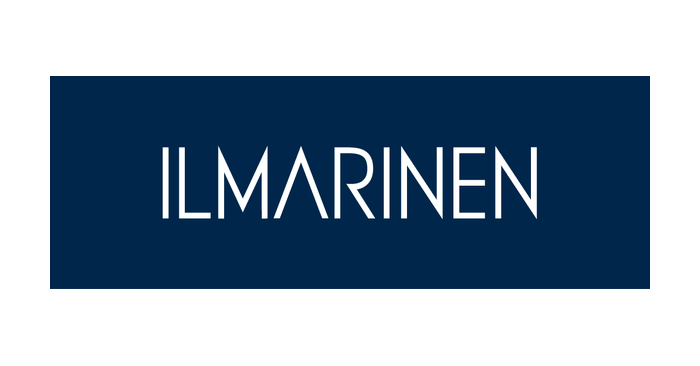Ilmarinen’s decision to rotate $2bn from an existing to a seed-phase DWS ESG ETF inspired innumerate headlines declaring the ‘biggest ETF launch’, however, what is more interesting is the Finnish pension fund’s continued preference for US-listed over UCITS ETFs.
Ilmarinen’s allocation saw the Xtrackers MSCI USA Climate Action Equity ETF (USCA) book a record-breaking launch last Tuesday after the pension fund exited its position in the Xtrackers MSCI USA ESG Leaders Equity ETF (USSG).
Part of the shift to USCA owed to its focus on climate rather than broader ESG issues, which Ilmarinen’s senior portfolio manager Juha Venäläinen said would help the Helsinki-based investor pursue its goal of being carbon neutral by the end of 2035.
The new ETF also boasts a total expense ratio (TER) of 0.07%, undercutting the 0.1% fee attached to USSG.
Despite these attributes, some might question by Ilmarinen did not look to the broader range of ESG ETFs listed in Europe.
Venäläinen explained its decision was based on trying to maximise efficiency when trading an ETF’s underlying securities.
“We prefer ETFs that trade the same hours – or have the same closing time – as the underlying equities,” Venäläinen told ETF Stream. “US liquidity should also be better in the US if the product catches up.”
There may also be additional costs involved in buying ETFs that trade while their underlying market is closed.
Ilmarinen’s decision could offer a fresh perspective on the ’40-Act’ versus UCITS tussle. While the smaller size of Europe’s ETF market is often attributed to inefficiencies such as the lack of a clear liquidity picture, retrocession fees or the structural tax advantage of ETFs in the US, this instance shows some institutional investors might just prefer ETFs housed in the market they are trying to access.
Given the commanding position of US securities – with its equity making up 68% of the MSCI World index and bonds comprising 40% of the Bloomberg Global Aggregate Bond index – this might offer another partial and credible explanation for the current dominance of ’40-Act’ wrappers over UCITS.




